Stage lighting is an essential component of any performance, whether it's a theater production, a concert, or a live event. The right lighting can enhance the visual experience, set the mood, and ensure that every detail is seen by the audience. Among the various lighting options available, PAR light—especially LED PAR lights—have emerged as a popular choice for stage lighting. In this blog, we’ll explore the lighting needs for a stage, the different types of lights used, and why LED PAR light are particularly ideal. We’ll also compare them with other stage lighting options to understand their unique advantages.
Lighting Needs for Stage
Effective stage lighting is crucial for creating the right atmosphere and ensuring that every aspect of a performance is highlighted. Key lighting needs for a stage include:
- Visibility: The primary function of stage lighting is to ensure that performers and key elements are clearly visible to the audience. Proper illumination is necessary to maintain the focus on performers and set pieces.
- Mood Setting: Lighting plays a significant role in setting the mood of a performance. Different lighting colors and intensities can evoke a range of emotions and atmospheres, from dramatic and intense to soft and romantic.
- Highlighting: Specific areas or performers often need to be highlighted, whether it’s a soloist in a concert or an actor delivering a crucial line in a play. Effective lighting can direct the audience's attention where it is needed most.
- Special Effects: Stage lighting is also used to create special effects, such as strobe effects, color washes, and dramatic shadows, which can enhance the overall visual impact of the performance.
- Flexibility: Given the diverse nature of stage productions, lighting equipment must be versatile and adaptable to different setups and requirements.
Types of Lights for Stage
There are several types of stage lights, each with its unique features and applications. Understanding these options helps in selecting the right type for a specific need:
- Fresnel Lights: These lights are known for their soft, diffused beam, which is ideal for general illumination and blending. They are often used to create a wash of light across the stage.
- Ellipsoidal Reflector Lights (ERS): These lights produce a sharp, focused beam and are equipped with shutters and lens options for precise control. They are commonly used for highlighting specific areas or performers.
- PAR Lights: Short for Parabolic Aluminized Reflector lights, PAR lights have a distinctive shape and are designed to focus light into a powerful beam. They are known for their versatility and are often used for both washes and spot effects.
- LED Lights: LED technology offers energy-efficient lighting with a wide range of colors and effects. LED lights can be used in various configurations, including PAR lights, to provide dynamic and customizable lighting solutions.
- Moving Lights: Moving head lights fixtures can pan, tilt, and change colors, creating dynamic and adaptable lighting effects. They are often used in concerts and large-scale productions where changing the lighting in real-time is crucial.
- Followspots: These are high-intensity lights used to track and highlight individual performers, ensuring they remain illuminated as they move around the stage.
Comparing LED PAR Lights with Other Stage Lighting Options
When comparing LED PAR lights to other types of stage lighting, it’s crucial to examine various factors that underscore their unique benefits. From energy efficiency and color versatility to cost-effectiveness and maintenance, LED PAR lights offer distinct advantages that make them a standout choice in the world of stage lighting.
LED PAR Lights vs Moving Head Lights
Functionality:
- LED PAR Lights: LED PAR lights provide a static beam or wash of color. They are ideal for creating a consistent, even light across the stage or venue. Their primary function is to offer general illumination or color washes.
- Moving Head Lights: These lights offer dynamic movement capabilities, including panning, tilting, and rotating. They can also change colors and gobos (patterns), making them suitable for dynamic and versatile lighting effects that adapt in real-time during performances.
Cost:
- LED PAR Lights: Generally more affordable than moving head lights. They offer a cost-effective solution for general lighting needs without the complexity of movement.
- Moving Head Lights: Tend to be more expensive due to their advanced functionality and motorized components. They represent a higher investment but provide greater versatility and dynamic effects.
Use Cases:
- LED PAR Lights: Best suited for creating color washes, general stage lighting, and backgrounds. They are ideal for applications where movement is not required.
- Moving Head Lights: Ideal for concerts, live events, and performances where dynamic and interactive lighting effects are desired. They are particularly useful in large-scale productions that require sophisticated lighting designs.
LED PAR Lights vs Spotlights
Functionality:
- LED PAR Lights: Designed to provide an even, wide beam of light or color wash. They are versatile and can be used for general illumination or color effects across a large area.
- Spotlights: These lights focus on a narrow, intense beam that highlights specific areas or performers. Spotlights are used to draw attention to particular elements on stage, such as solo performers or important scenes.
Cost:
- LED PAR Lights: Generally more budget-friendly, making them a popular choice for broad lighting needs.
- Spotlights: Can be more expensive, especially if they include advanced features like variable focus or high-intensity outputs.
Use Cases:
- LED PAR Lights: Ideal for creating overall stage illumination, color washes, and ambient effects. They are suited for applications where even light coverage is required.
- Spotlights: Best used for highlighting individual performers, creating dramatic effects, or focusing attention on specific stage elements.
LED PAR Lights vs Wash Lights
Functionality:
- LED PAR Lights: Can be used to create both washes and static colors. Their beam can be modified with different lenses or filters to achieve the desired effect.
- Wash Lights: Specifically designed to provide a broad, even wash of light across a large area. They are often used to fill spaces with uniform illumination or color.
Control and Flexibility:
- LED PAR Lights: Versatile in color and intensity control, and can be configured to produce both wash and spot effects. They are often used to provide a range of lighting styles.
- Wash Lights: Focus on providing a consistent, smooth wash of light. They generally do not offer the same level of color or intensity adjustments as LED PAR lights but excel in delivering even coverage.
Cost:
- LED PAR Lights: Offer a broader range of functionality, making them a cost-effective option for both wash and color effects.
- Wash Lights: Can be expensive, especially when high-quality, high-output fixtures are required. They are specialized for their intended purpose of even light coverage.
Use Cases:
- LED PAR Lights: Suitable for creating dynamic color effects, as well as general lighting and washes. They are versatile enough to serve multiple lighting needs.
- Wash Lights: Ideal for providing a uniform wash of light over large areas or filling the stage with consistent color. They are particularly useful in situations where even light distribution is critical.
Why LED PAR Lights Are Ideal for Stage Lighting
LED PAR lights combine the traditional PAR lamp design with the benefits of LED technology. Here’s why they are particularly ideal for stage lighting.
Energy Efficiency
LED PAR lights are significantly more energy-efficient than traditional incandescent PAR lamps. They consume less power while providing the same or even greater light output, which helps reduce overall energy costs.
Longevity
LEDs have a much longer lifespan compared to incandescent bulbs. This durability means fewer replacements and lower maintenance costs, making them a cost-effective choice in the long run.
Color Versatility
LED PAR lights offer a wide range of color options and effects. With built-in color mixing capabilities, they can produce a broad spectrum of colors without the need for additional filters or gels. This flexibility allows for dynamic and creative lighting designs.
Low Heat Emission
Unlike traditional PAR lamps, which can get quite hot, LED PAR lights emit minimal heat. This feature reduces the risk of overheating and allows them to be used in close proximity to performers and props without causing discomfort or damage.
Control Options
LED PAR lights are often equipped with advanced control options, including remote control and DMX compatibility. This enables precise adjustments to color, intensity, and effects, providing greater control over the lighting design.
Compact Design
LED PAR lights are notably more compact and lightweight compared to traditional lighting fixtures. This streamlined design facilitates easier installation and positioning, particularly in tight or complex setups, where space is limited and maneuverability is crucial.
Conclusion
In conclusion, PAR lights offer a range of benefits that make them ideal for stage lighting. Their energy efficiency, flexibility and color versatility, set them apart from other lighting options. By understanding the lighting needs of a stage and the various types of lights available, it becomes clear why LED PAR lights have become a preferred choice for many stage productions. Whether you are a lighting designer, a stage manager, or simply a lighting enthusiast, recognizing the advantages of LED PAR lights can enhance your appreciation for their role in creating exceptional stage experiences.

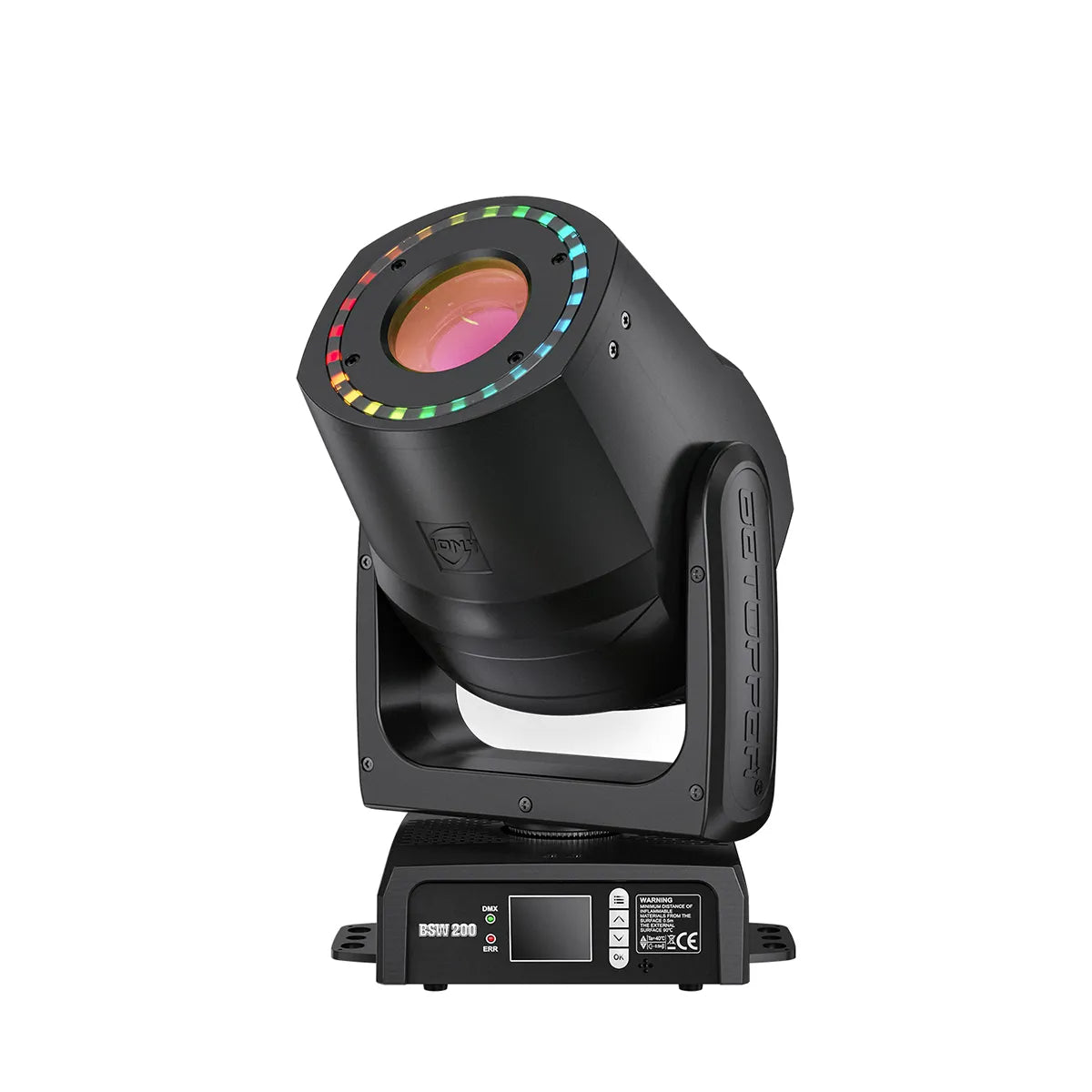





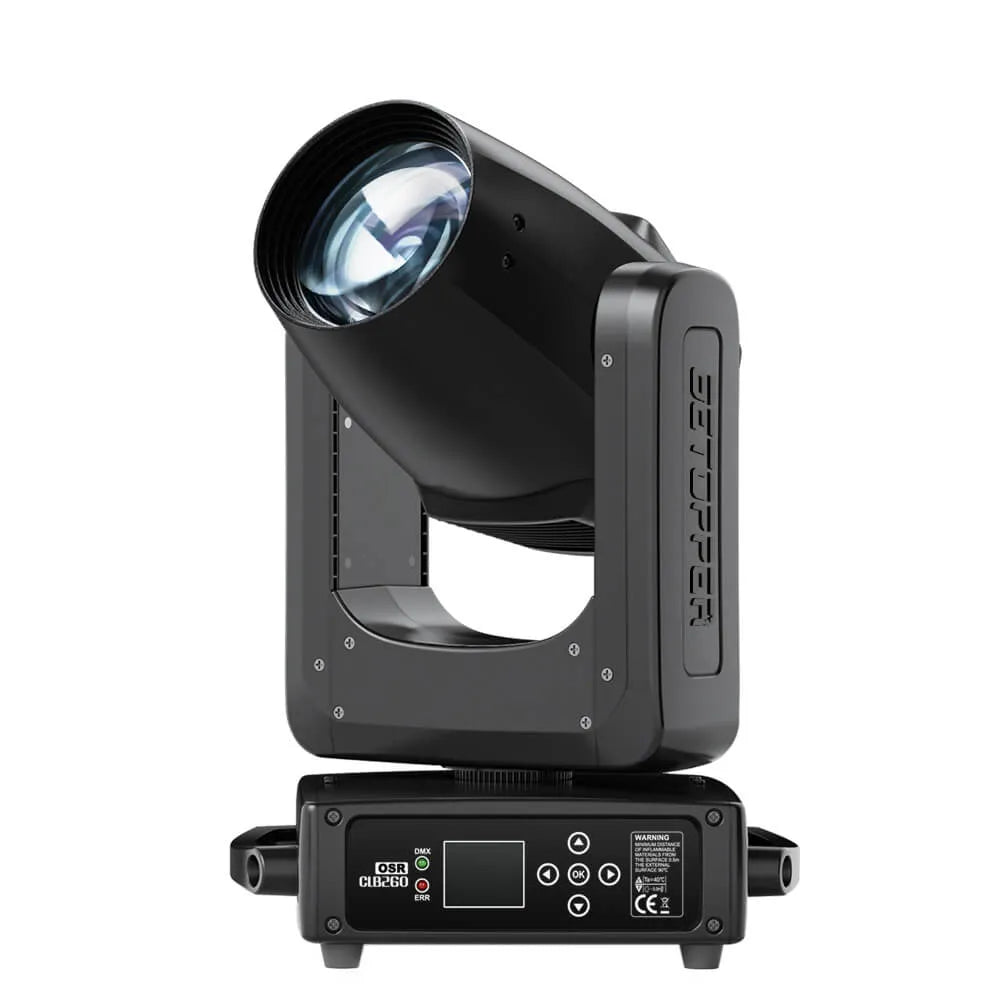

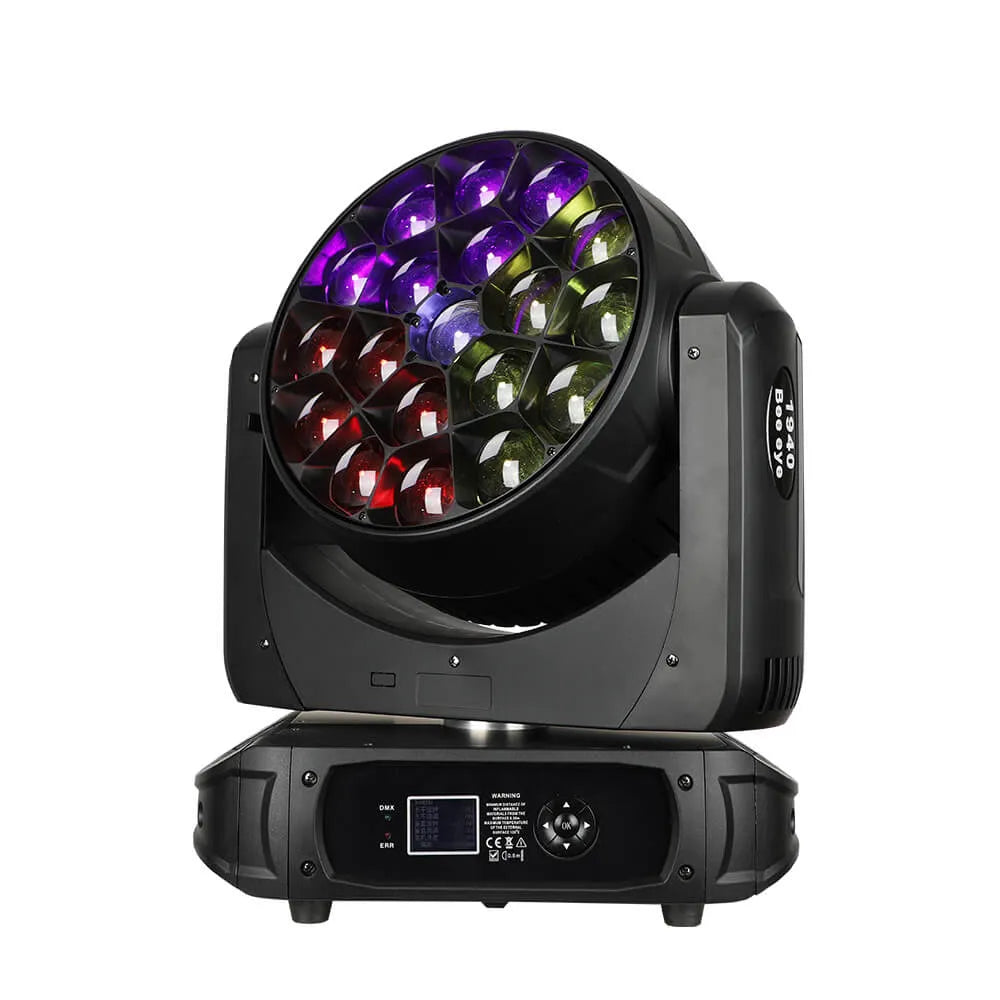






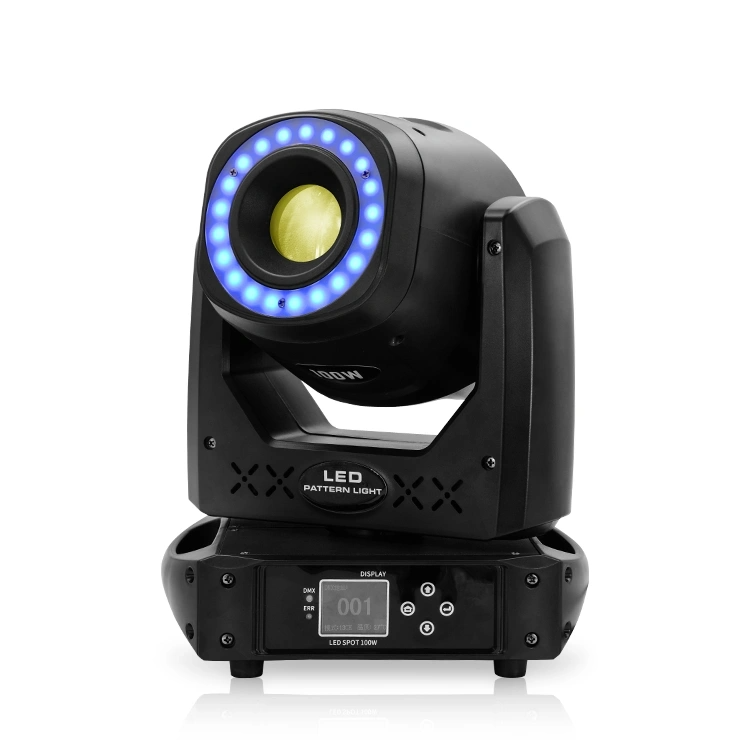








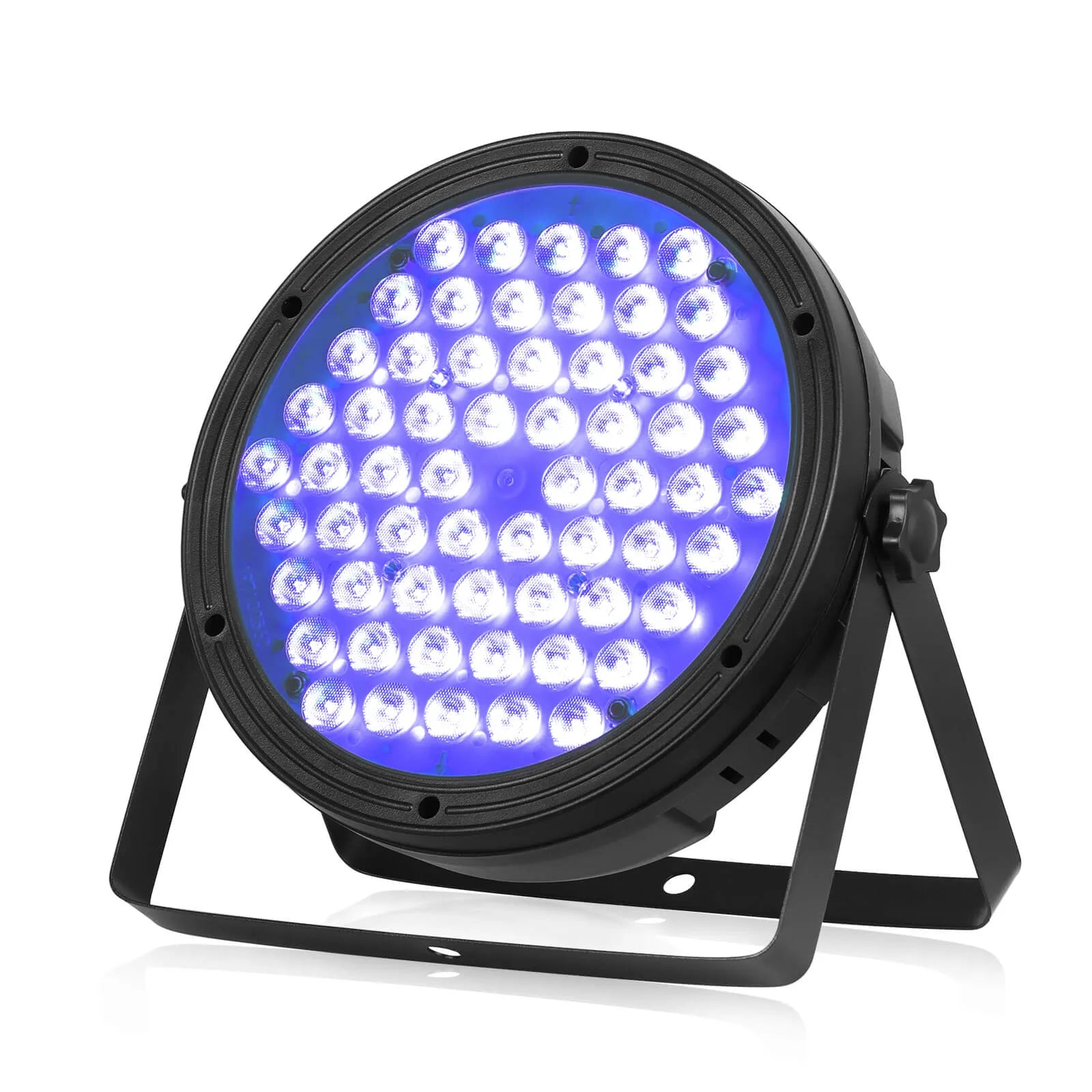











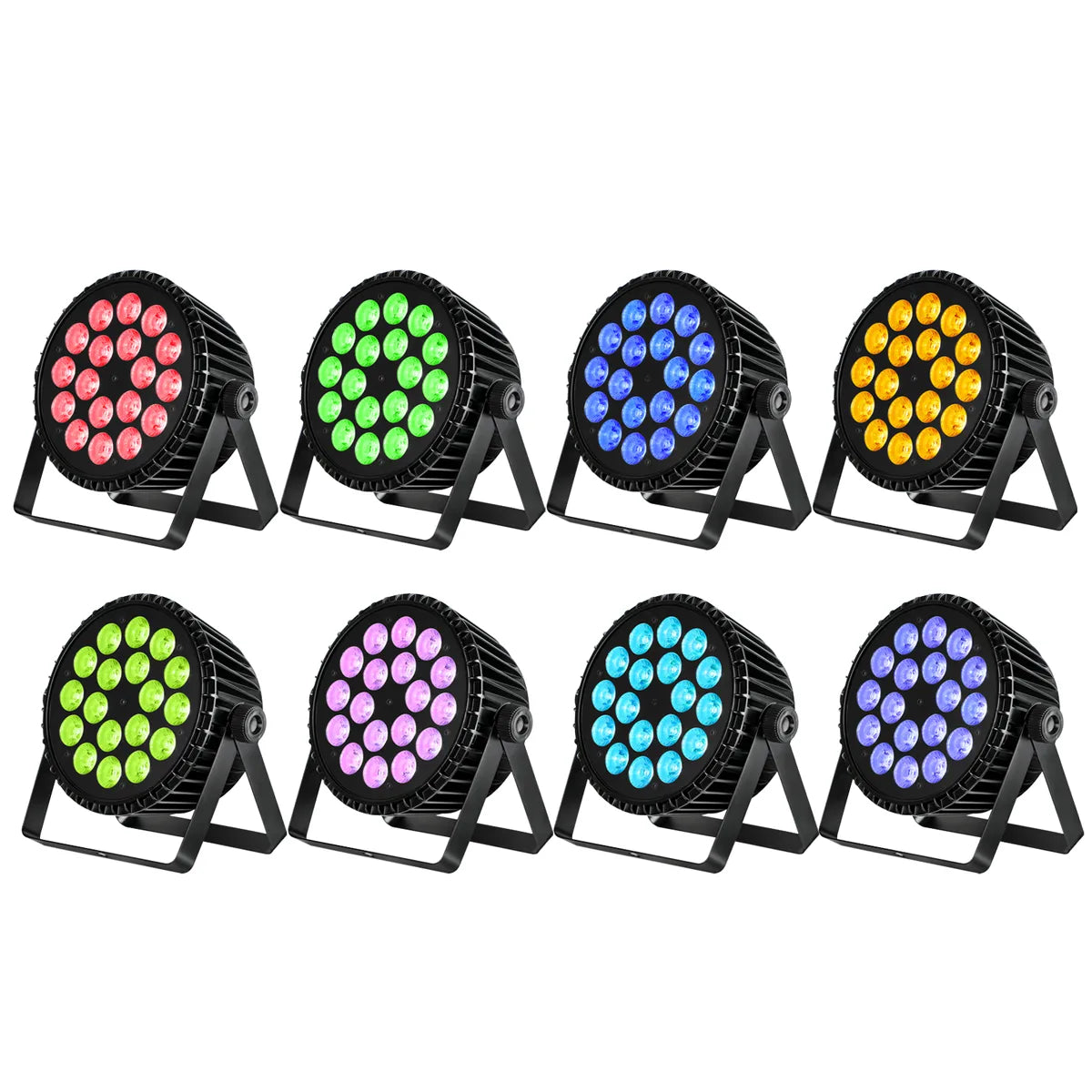
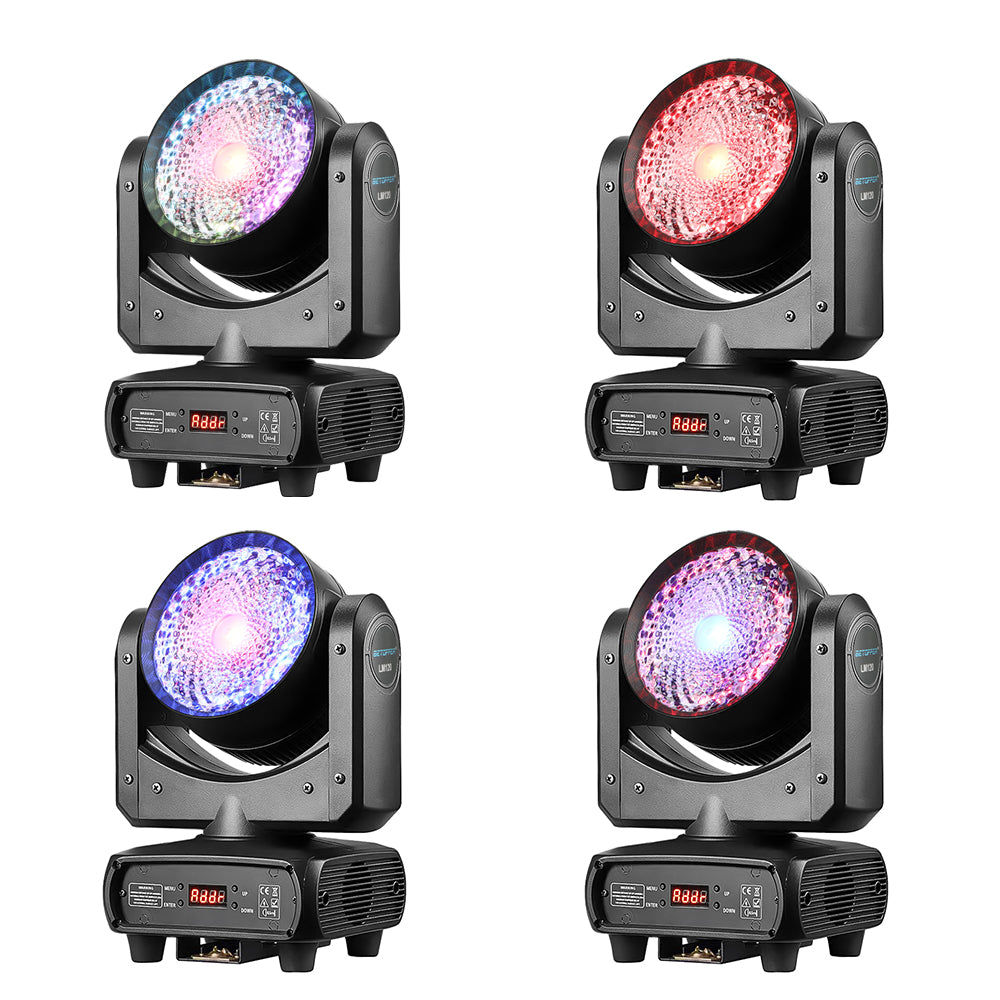

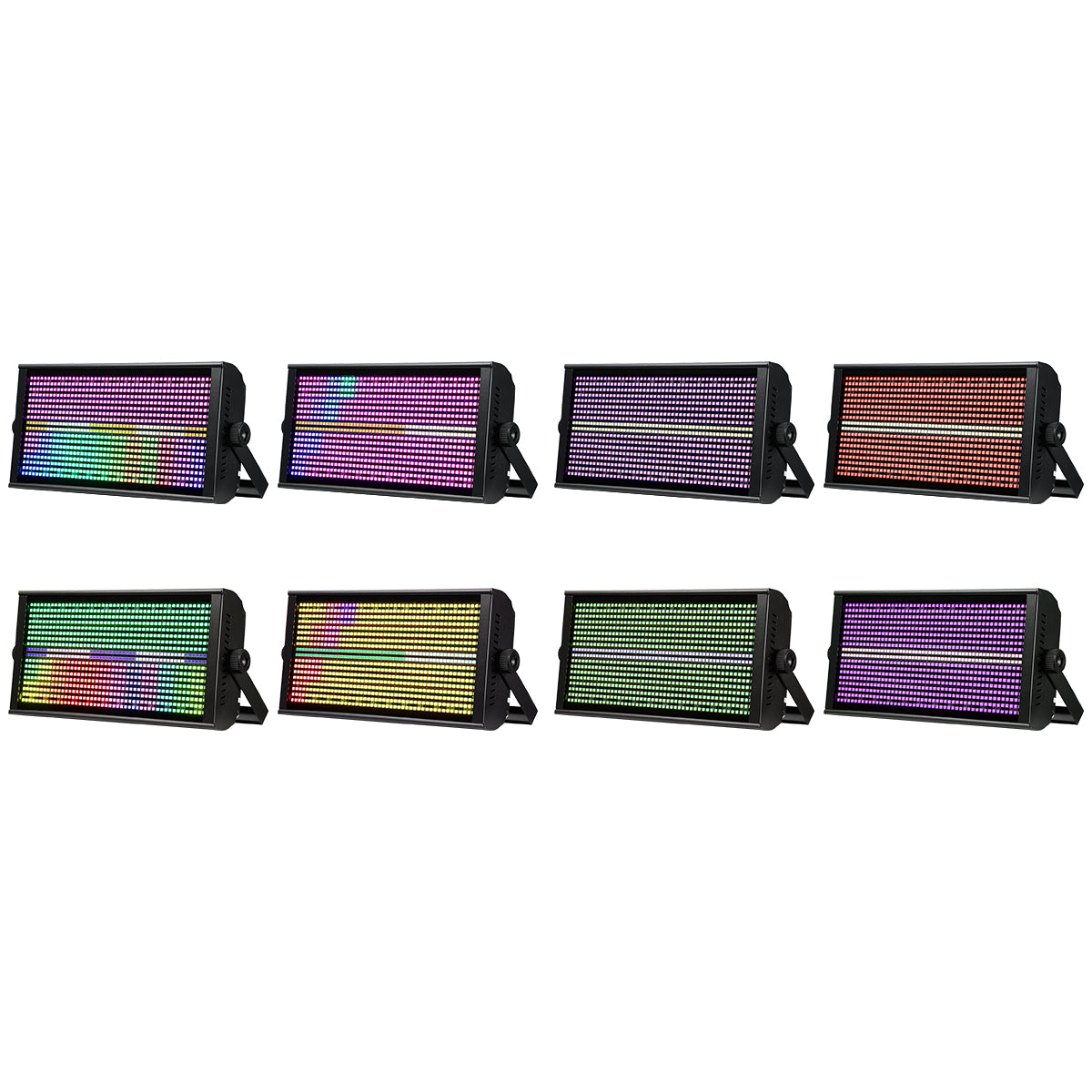






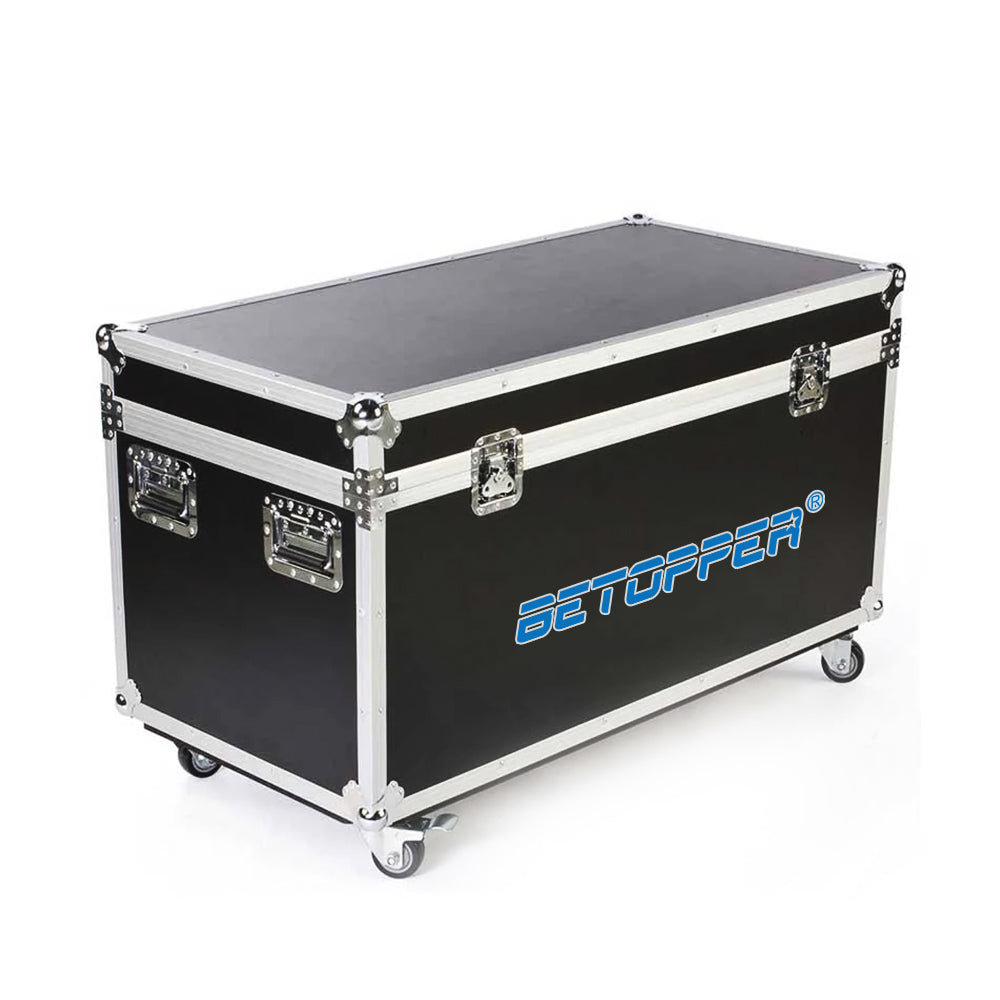








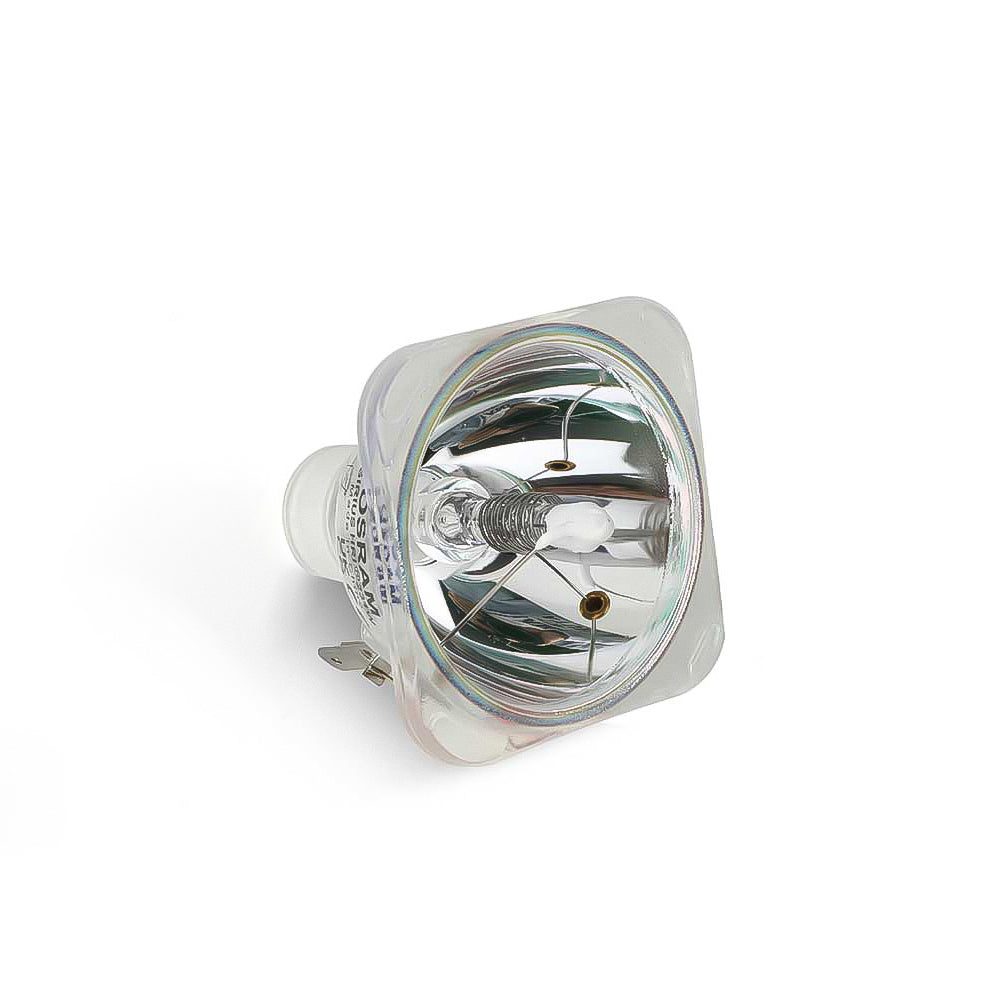












Leave a comment
This site is protected by hCaptcha and the hCaptcha Privacy Policy and Terms of Service apply.